APAAS- 2.1-2.5
1/15
Earn XP
Description and Tags
Name | Mastery | Learn | Test | Matching | Spaced |
|---|
No study sessions yet.
16 Terms
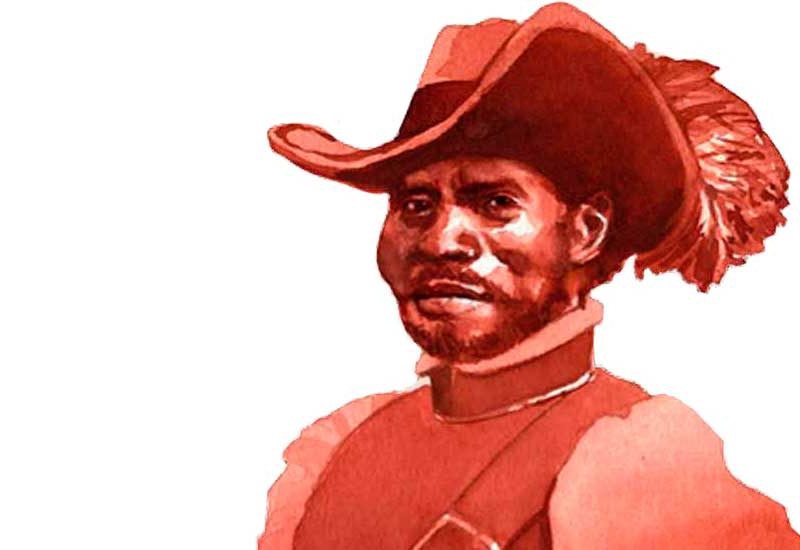
Who were Ladinos?
Westernized Central Africans mainly mixed with Spanish and Indigenous descent and were familiar with Iberian culture and joined with Spanish conquistadors in the exploration of the Americas and were also known as African Conquistadors. They were known for their social mobility, providing Europeans an intermediary between them and the indigenous population for trading purposes. These were the first Africans in the Americas because of Spain’s early involvement in the slave trade, and they traveled to many places, including Texas, Florida, California, Lisbon, and Cuba.
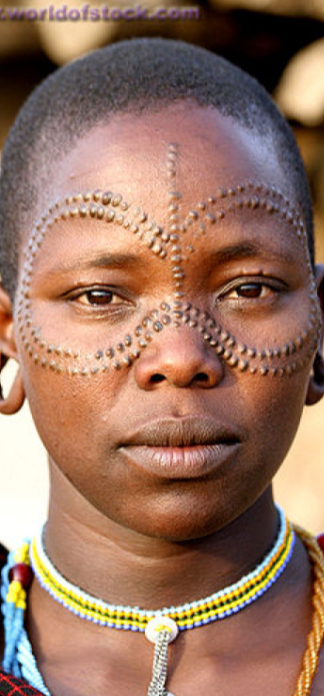
Who are the Atlantic Creoles?
A 15-16th CE name used to describe those who descended from European and African ancestors, were transported across the Atlantic to other regions during the Atlantic Slave Trade, and are multilingual, and are mixed-race/culture. They were seen as outcasts by Europeans and Africans because they couldn’t fit into either culture but were accepted because of their knowledge, entrepreneurship, familiarity with multiple languages, cultural norms, and skill. Worked as intermediaries, sailors, supercargoes, interpreters, and servants, and some even married into high-status families before chattel slavery began.
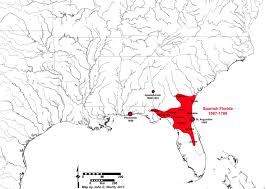
What was Spanish Florida?
A North American territory that was ruled by Spain from the early 16th to 19th CE, and it was part of the slave trade, but it also offered freedom to enslaved Africans who escaped the English as a military tactic; this led to it being a place comprised of runaway slaves. However, this changed when the United States purchased them from Spain in 1819 to strengthen their slave trade; it fully became a slave state and denied runaways. This place consisted of the states of Florida, South Carolina, and Georgia.
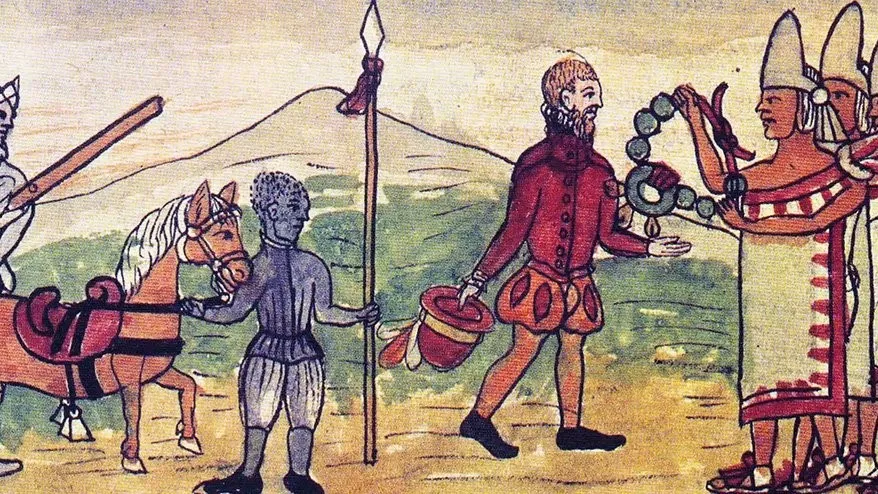
Who was Juan Garrido?
The 1st known African to arrive in North America during a Spanish expedition in 1513 CE to explore present-day Florida, he was born around 1480 in the Kingdom of Kongo in West Central Africa and was an Afro-Spaniard conquistador, was eventually freed and joined Spanish expeditions In Lisbon, Portugal after being converted to Catholicism and choosing his Spanish name. He continued to travel with the Spanish to places like Florida, California, Portugal, and Cuba and is credited with being the first person to grow wheat in Spain, but after 30 years of being a conquistador, he wasn’t given any benefits until after writing a testimony to the King of Spain in 1538 for land and money. He settled in Mexico City, farmed, and owned a gold-mining operation until his death in 1550.
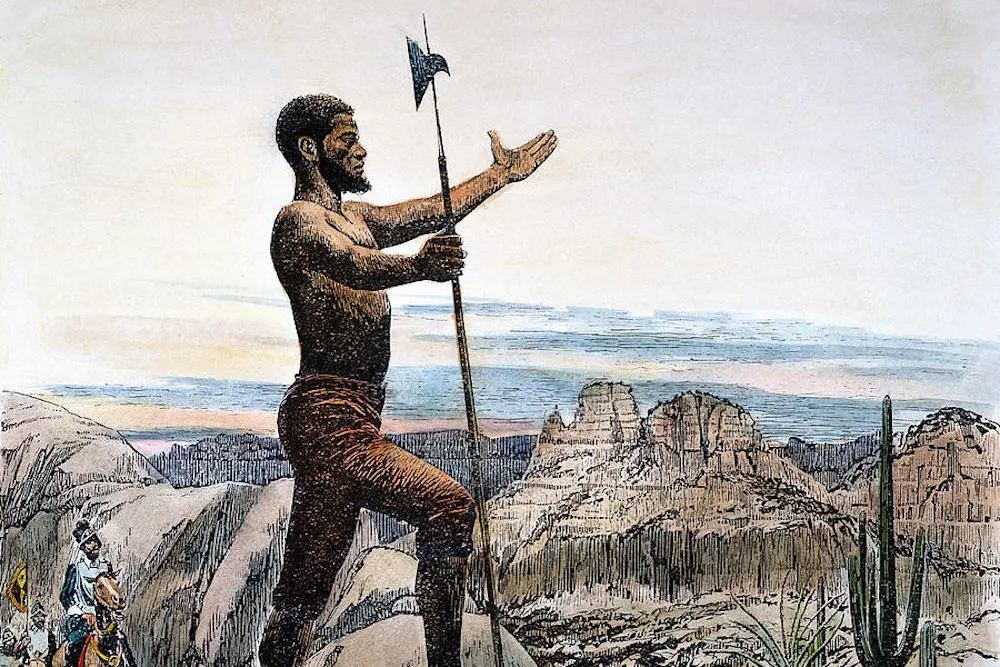
Who was Esteban the Moor?
Was born around 1500 CE and when he was young was sold into slavery in 1522 by the Spanish and was born a Muslim but was forced to convert to Catholicism in order to travel to New Spain on the Florida Expedition in 1527. 300 people accompanied him on the journey, but natural disasters led to the party being stranded in present-day Texas, and he was one of only 4 survivors. He and the rest of the party were able to stay alive by being seen as a healer by Native American tribes, which allowed them to gain their trust as they moved from villages to get to the Spanish settlement on the west coast of Mexico. In 1539, he was believed to be killed by the Indigenous groups after not leaving their village when they were only a day away from their destination, and the group was resisting Spanish colonialism.
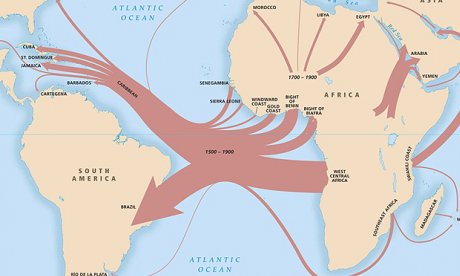
What was the Transatlantic Slave Trade?
One of the largest human migrations in history, and it fundamentally changed the ethnic composition of the New World. It lasted for over 350 years, from the early 16th CE to the mid-19th, and more than 12.5 million enslaved Africans were transported to the Americas, but only around 10 million disembarked because of the high mortality rate, mainly in the Middle Passage due to the inhumane conditions. Enslaved Africans were exchanged for iron bars, liquor, guns, textiles, and luxurious goods, and they were used for producing agriculture like sugar, tobacco, and cotton. The top 5 enslaving nations were Portugal, Great Britain, France, Spain, and the Netherlands/Dutch.
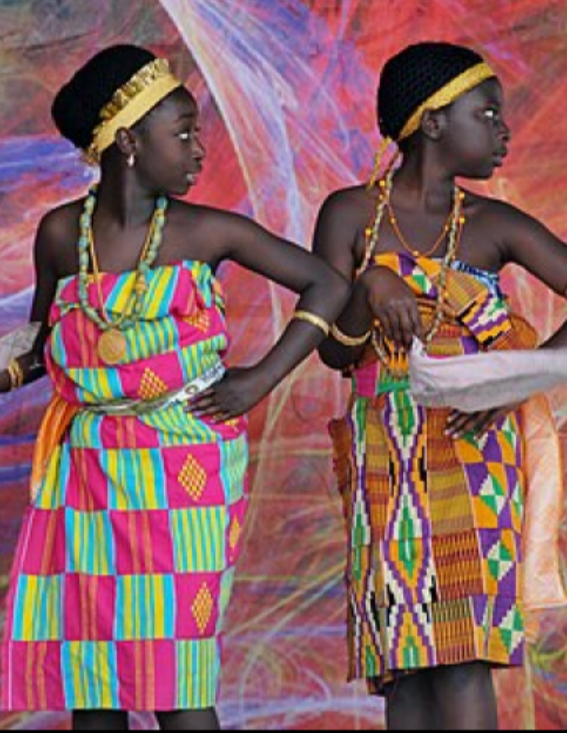
Who were the Akan people?
A group of Africans who lived in West Africa, primarily in modern-day Ghana and parts of the Ivory Coast, who in the early 16th century CE became involved in the slave trade because they engaged in coastal trade mainly with Portugal and Europe, who demanded enslaved captives and gold as currency to receive weapons. However, this slave trade wasn’t like the transatlantic slave trade because it wasn’t passed on to your kids; they could be freed or raised to a higher status, and they were usually enslaved for being a POW, not for their skin color, and they were eventually sold in the transatlantic slave trade. From the 17th to 19th CE, around 10% of all enslaved Africans shipped from West Africa were their people, and their culture was passed on to African Americans, shaping their culture today.
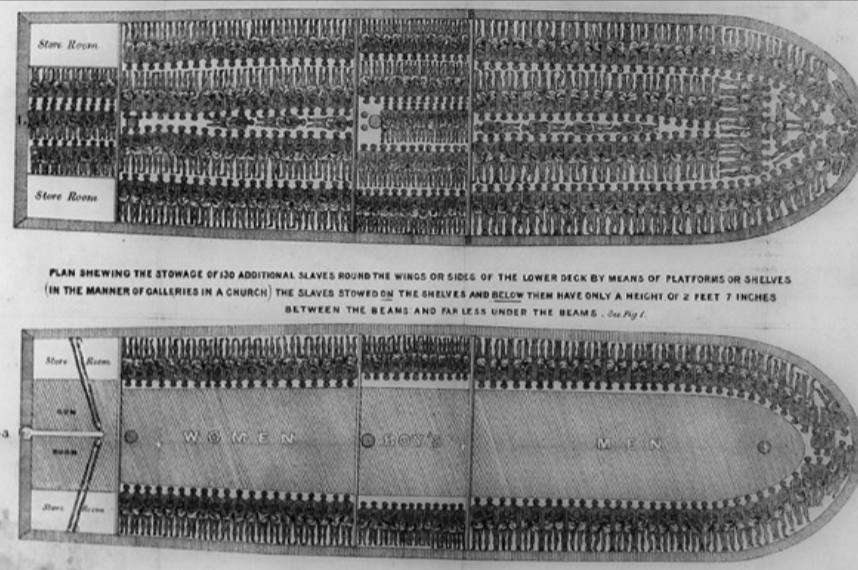
What was the Middle Passage?
It’s the second part of the transatlantic slave trade, and the deadliest part of the journey because of its horrific conditions, it could last anywhere from 3 weeks to 3 months, was the voyage across the Atlantic Ocean, and historian estimated that about 2 million Africans died here over the 300 years of slave trade. It had a horrible smell because there were no restrooms, little space for enslaved people because they were all cramped together so that the ship could transport as many slaves as possible, and this all caused the spread of various diseases like typhoid, malaria, smallpox, and dysentery. This led to many enslaved Africans developing depression and committing suicide, but it also led to them resisting on slave ships by refusing to eat, jumping off the boat, choosing to survive, and revolting.
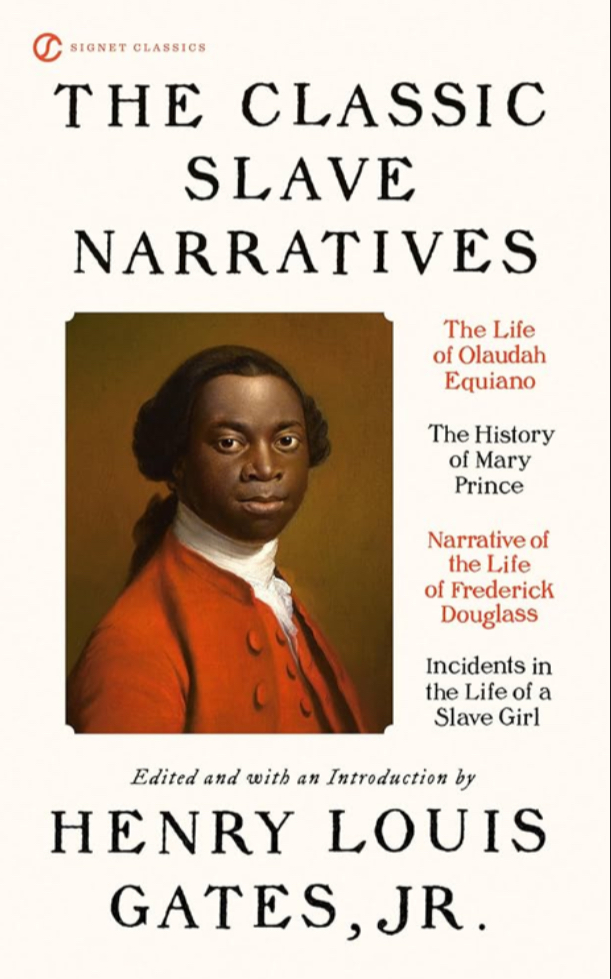
What were the Slave Narratives?
It’s an account of the life of a fugitive or former slave that was either written or orally related by the previously enslaved African. They were the foundation of early American literature and make up some of the most celebrated and, at the same time, controversial historical accounts of all time, the most well-known ones were written by Solo Northup and Olaudah Equiano. They were designed to end slavery, show that Black people have humanity, challenge the stereotype that Africans are intellectually inferior to White people, and defend the claim that Black people deserve a place in American society.
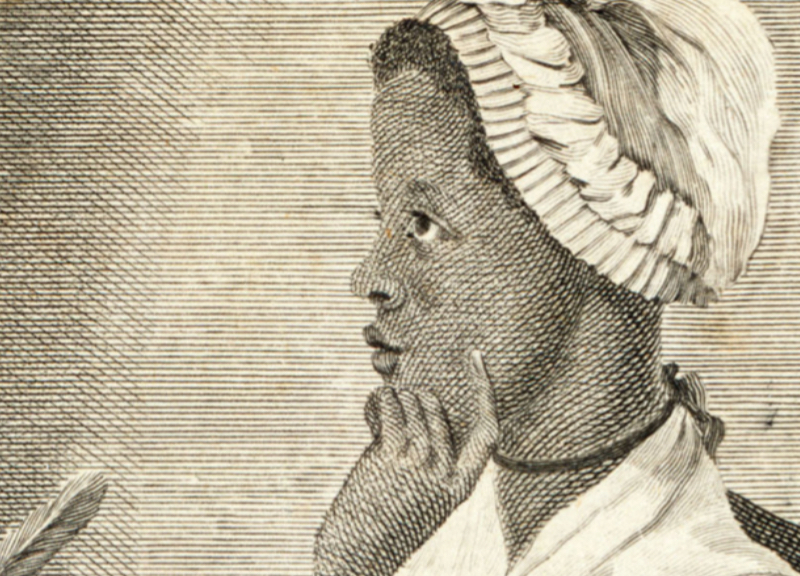
Who was Phillis Wheatley?
Born in 1753 CE in the Gambia River region of West Africa and enslaved when she was 8 years old, she was bought by John and Susanna Wheatley, who had lost their daughter and used her to replace their daughter, and so she was brought to church and learned how to read and write and became literate. In 1770, she reached international acclaim with her poem “An Elegiac Poem, on the Death of that Celebrated Divine, and Eminent Servant of Jesus Christ, the Reverend and Learned George Whitefield,” which was a serious reflection on George Whitefield and challenged the Europeans’ beliefs of Black people being unintelligent, showing Black humanity, and she became the first African American in the United States to publish a book of poetry. She continued to write poetry until her death on December 5, 1784, and played a role in the abolition of slavery and the slave trade through her writings, leaving a lasting impact on African American culture.
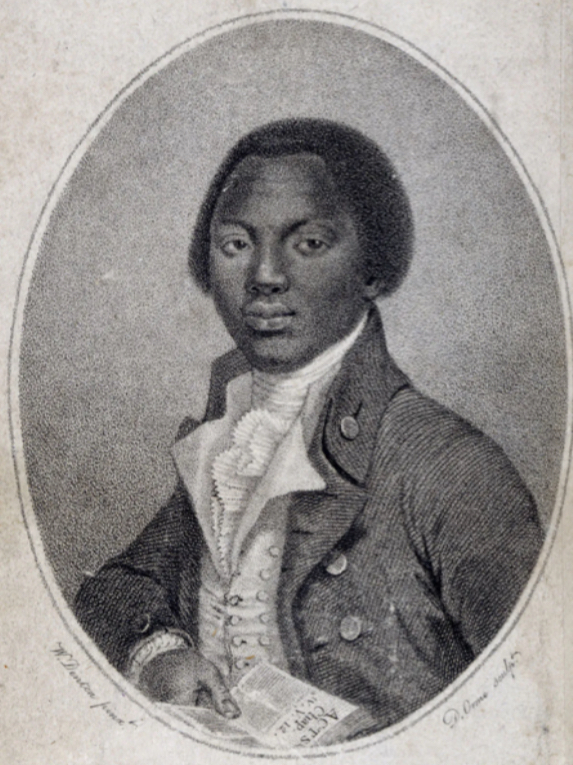
Who was Olaudah Equiano?
Born in 1745 CE in a Nigerian village in Isseke, he was kidnapped and enslaved in 1756 at the age of 11 and endured the horrors of the Middle Passage and working in the plantations, was sold twice, and in 1766 he was able to buy his freedom from his Quaker master and moved to England in 1767 and participated in the abolitionist movement. Began publishing his memoirs about the horrors he endured during the slave trade, with the most well-known being his 1789 “The Interesting Narrative of Olaudah Equiano,” which helped end the slave trade and slavery by showing Africans’ humanity and showing the world the horrors of the Transatlantic Slave Trade. He fought for the abolition of slavery through activism until his death on March 31, 1797, and left a lasting legacy in African American history through his actions and writings.
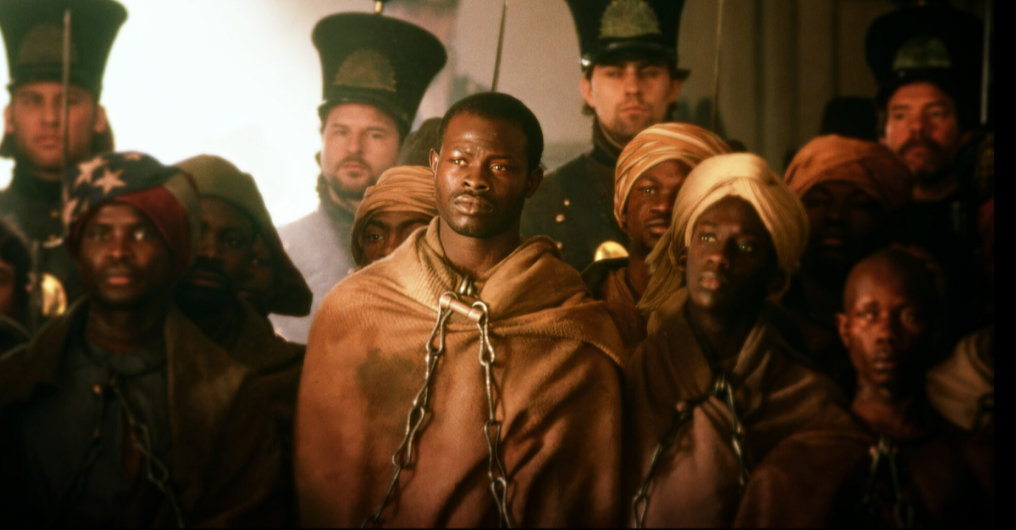
What was La Amistad?
It’s the most famous revolt that occurred during the Middle Passage in 1839 CE, and it was led by Sengbe Pieh, a Mende from Sierra Leone. A group of Africans captured the ship and killed the entire crew, but a Spanish navigator sailed them northwards from Cuba, and when the ship was taken by the U.S. Navy, they had to be on trial to determine if what they did was justified. The U.S. Supreme Court ruled that they were not guilty because the slave trade was illegal in Cuba, making them viewed as being kidnapped, so they had every right to take over the ship, and in 1842, 35 survivors returned back to their home in Sierra Leone.
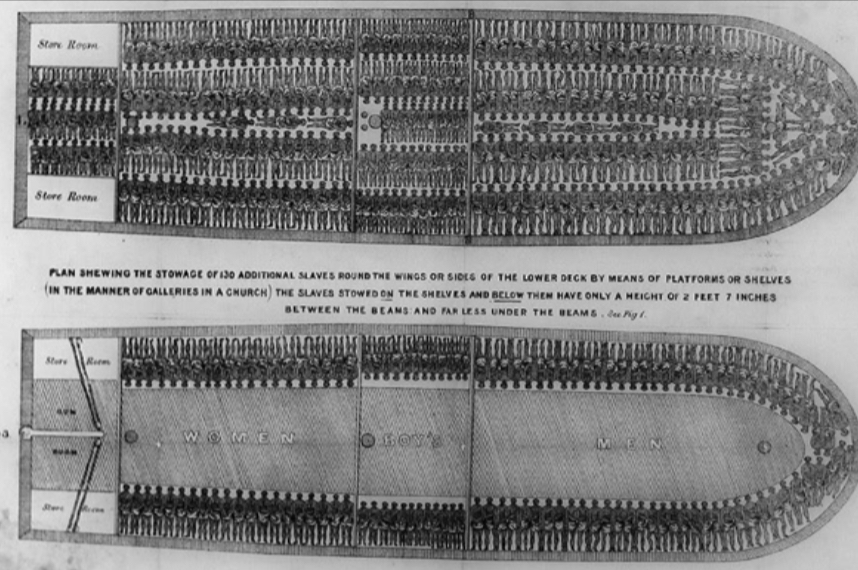
What were slave ship diagrams?
They were first created in the late 18th CE, mainly by British abolitionists who wanted to end slavery by showing the inhumane conditions of the transatlantic slave trade during the Middle Passage. This depicted the arrangement of the enslaved Africans on the ship and the crowded, unsanitary, unsafe, and disease-ridden environment, making outsiders aware of the true horror of the slave trade sparking empathy and public awareness about why the transatlantic slave trade should be abolished. They were also used by African American performers to process their own historical trauma and honor the memory of their ancestors.
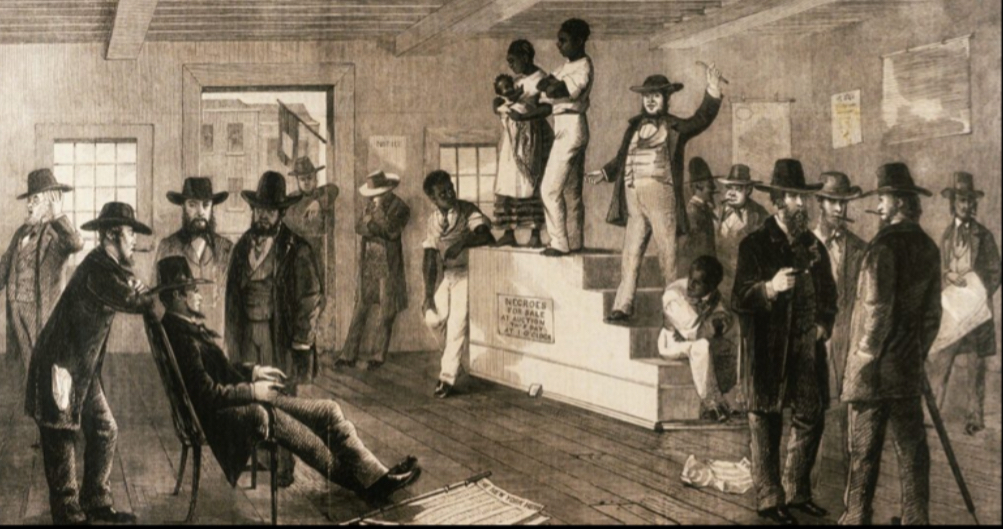
What are slave auctions?
Public sales that took place in marketplaces or town squares, where enslaved individuals were sold to the highest bidder as a result of their age, appearance, strength, skills, or fertility, and this typically happened after they got off the boat from the Middle Passage. In order for white slave owners to see if enslaved people were in good health or fertile, they would make them do dehumanizing actions like getting naked, probe them, make them do physical activities, which made this a very embarrassing and traumatizing event for many Africans. This caused many families to be separated and never see each other again, just for profit to be made in the North and South, many African American writers wrote about their experiences of being sold and the physical and mental effects of it, which advanced the abolition movement of slavery.
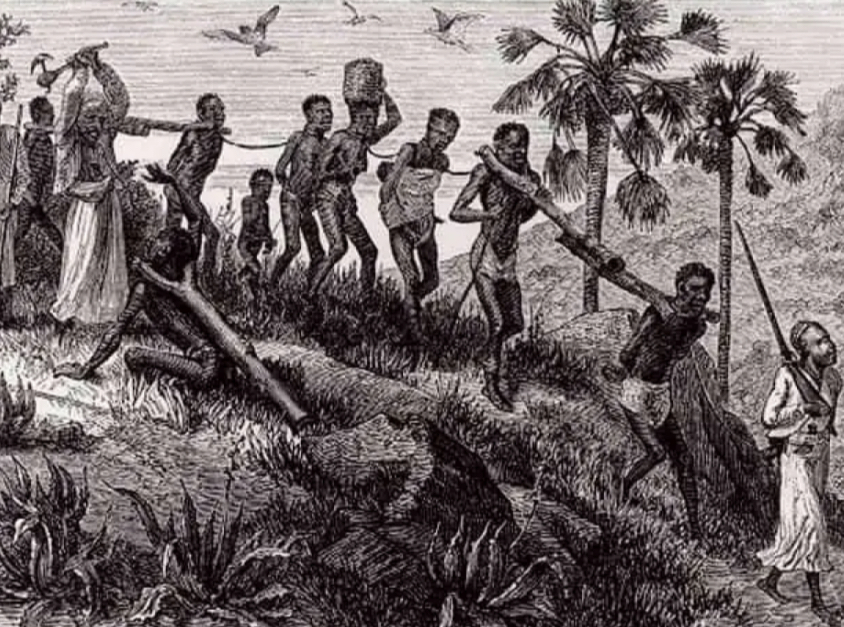
What is the Second Middle Passage?
The largest slave trade in United States history occurred during the early to mid-19th CE, when over 1 million enslaved people were forcibly moved from upper Southern states that included Kentucky, Tennessee, Arkansas, and Missouri to Deep South states like Georgia, South Carolina, Mississippi, Alabama, and Texas because of the expansion of cotton plantations in the South. This was important to meet the labor demands due to the cotton boom in the late 18th CE, and the enslaved individuals were transported in inhumane conditions, like being chained together, had to be separated from their families and partners, and it was traumatizing. 2.5x more people were transported in this migration than the number of enslaved people that were brought over to the U.S. originally during the transatlantic slave trade.
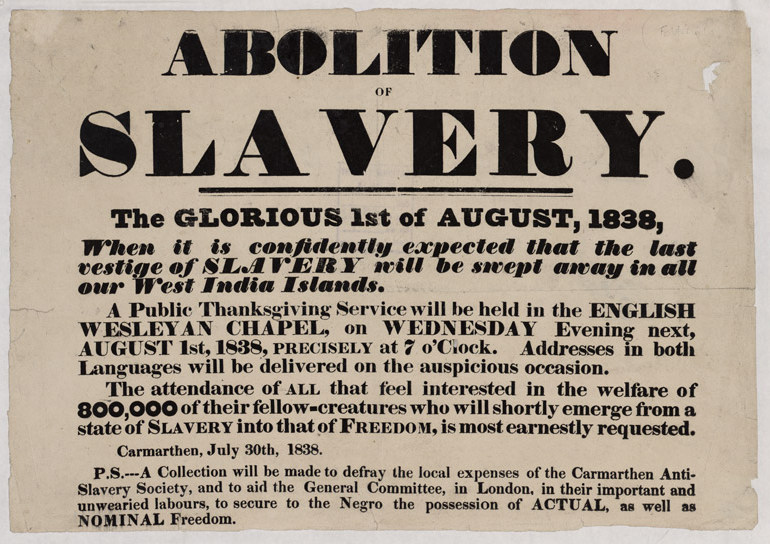
What is the abolition movement (in relation to slavery)?
It was a political and social effort during the 18th and 19th CE to end the practice of the slave trade and slavery, this was mainly in the U.S. and Europe, and the most well-known and efficient ways that this was achieved were through slave narratives and slave ship diagrams. Slave narratives were when formerly enslaved Africans wrote their first-hand experiences during multiple aspects of the slave trade or just slavery as a whole and how that affected them emotionally and physically, and the most well-known ones include Solomon Northup’s “Twelve Years a Slave,” which is about plantation life, and Phillis Wheatley’s various poems that show Black humanity and intelligence. While slave ship diagrams were created by White antislavery activists and showed the unsanitary and cramped conditions of the ships during the Middle Passage, they were meant to spread awareness of the dehumanizing conditions present in the Transatlantic Slave Trade.